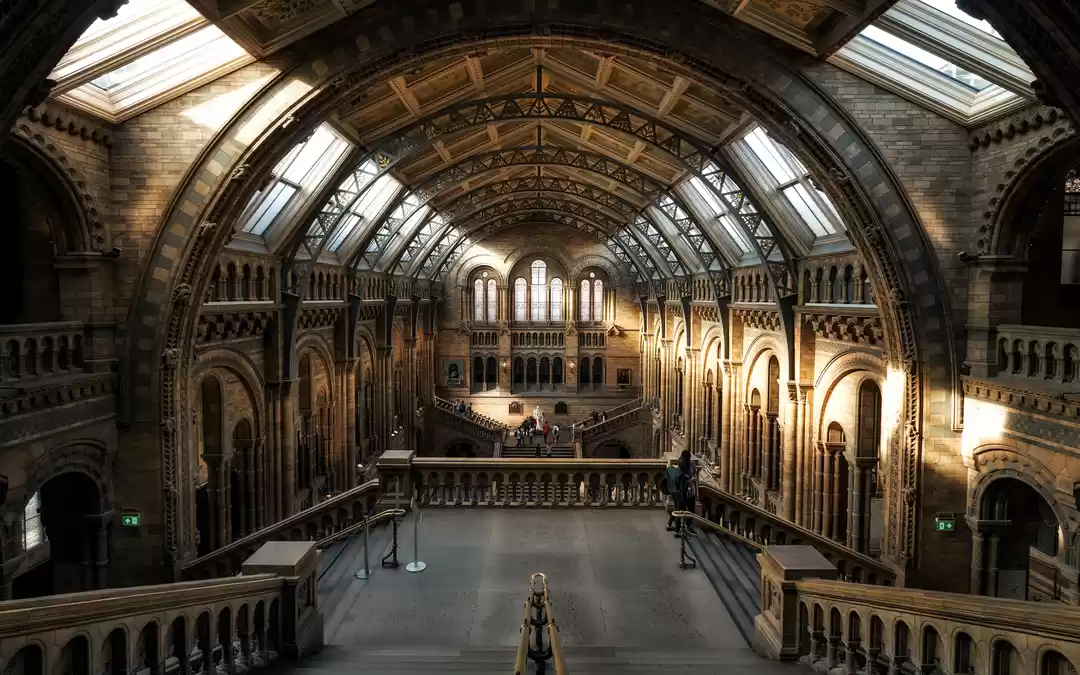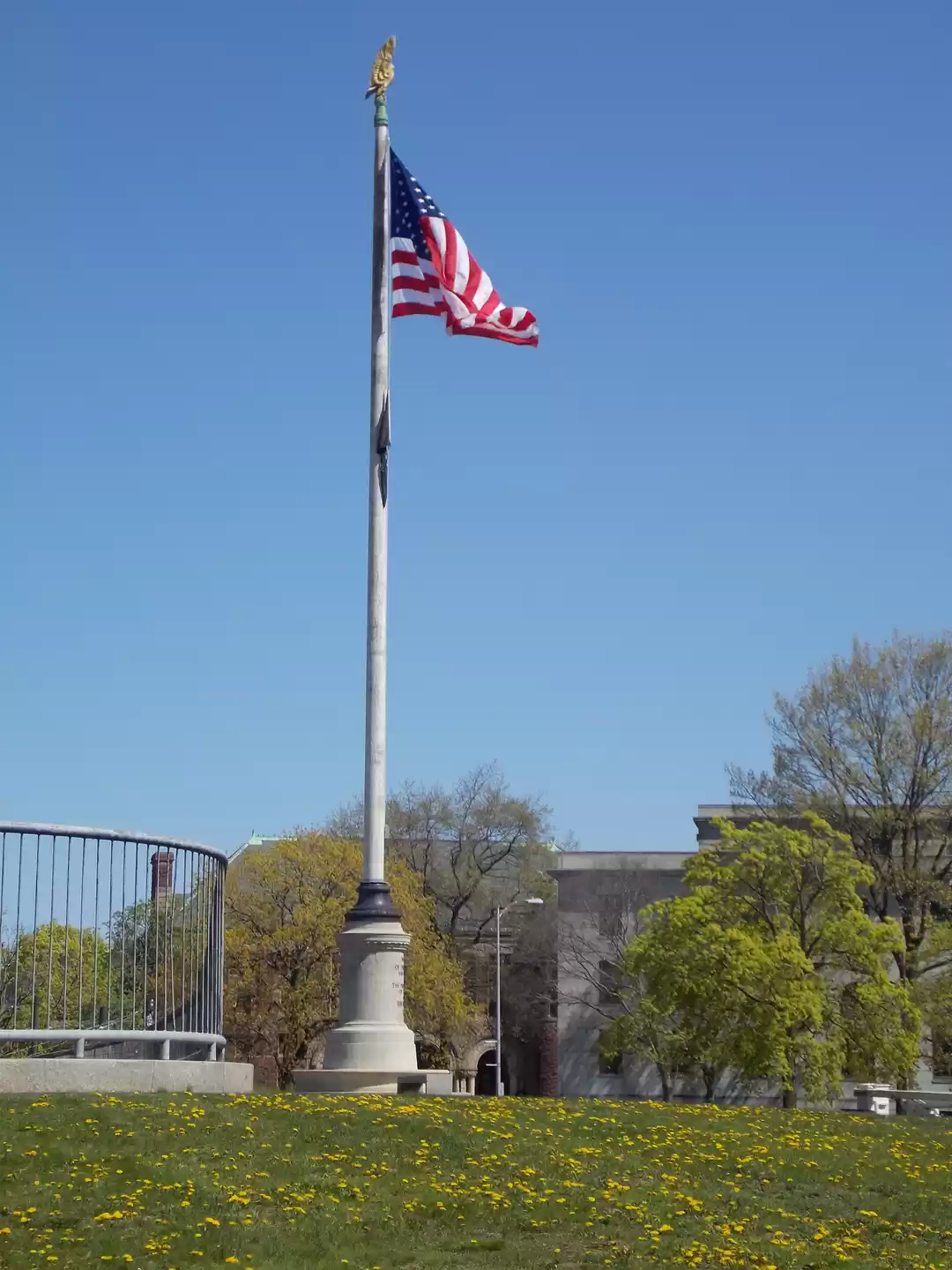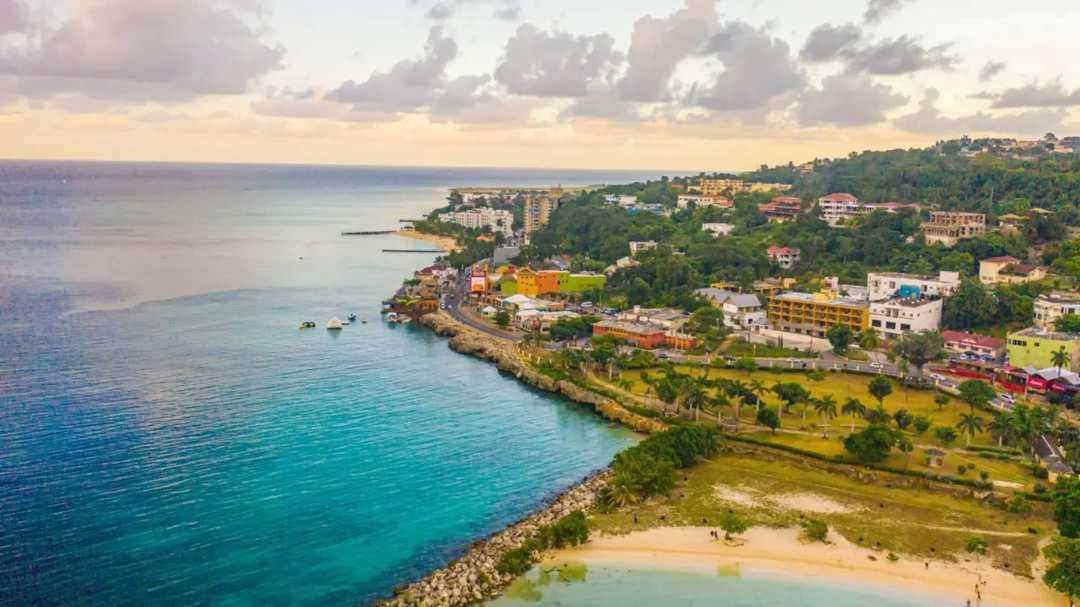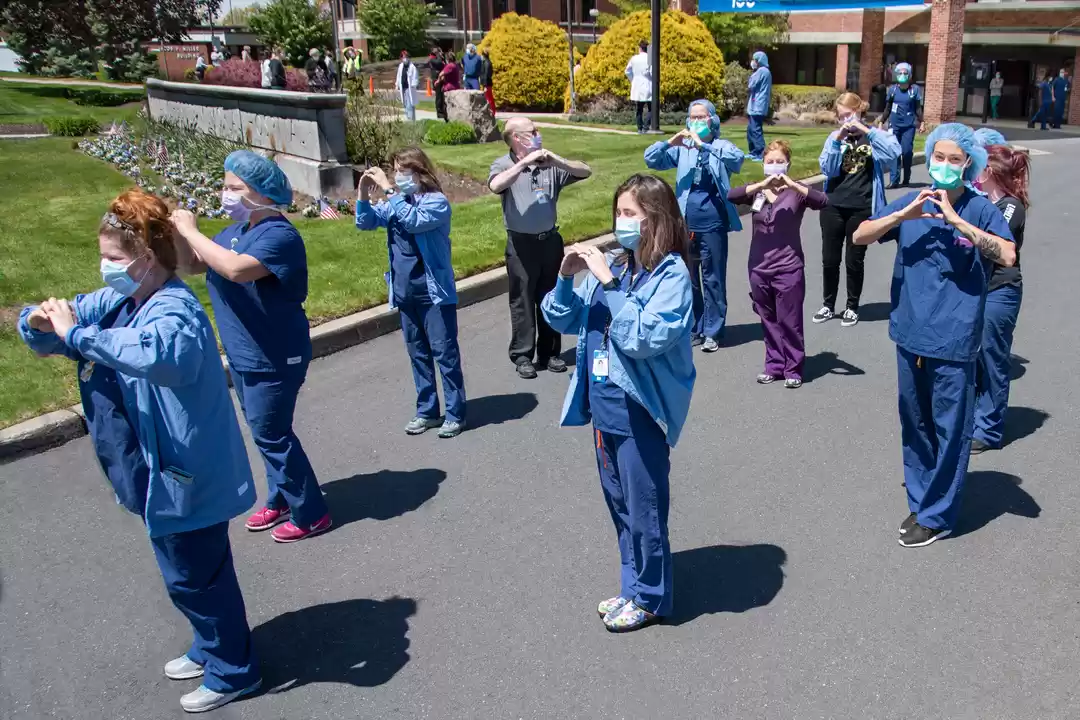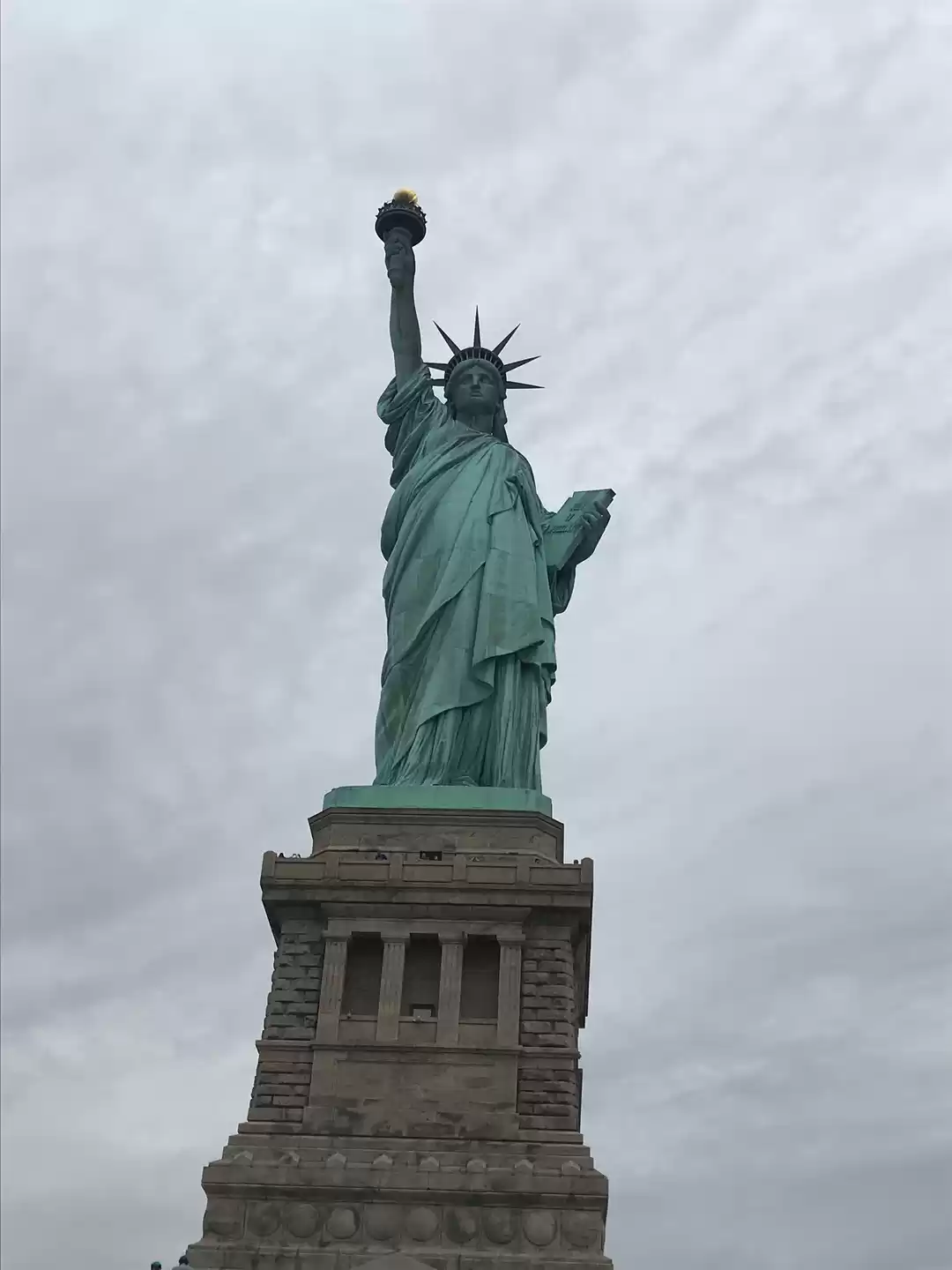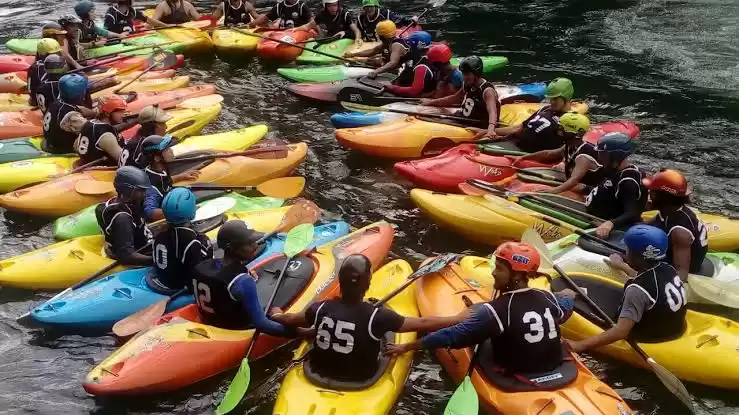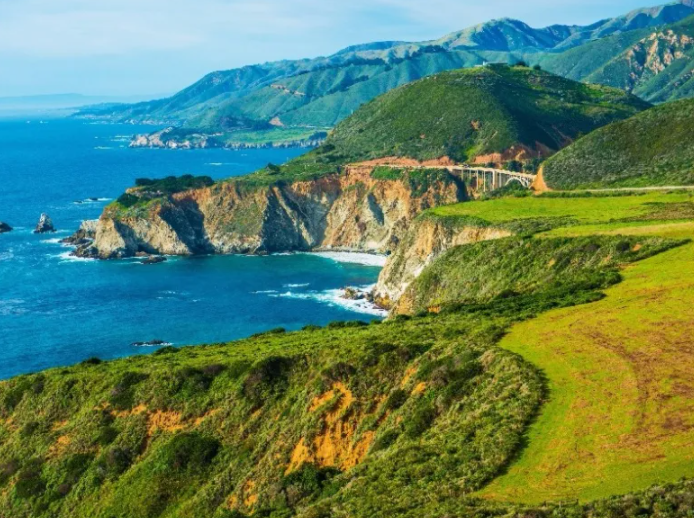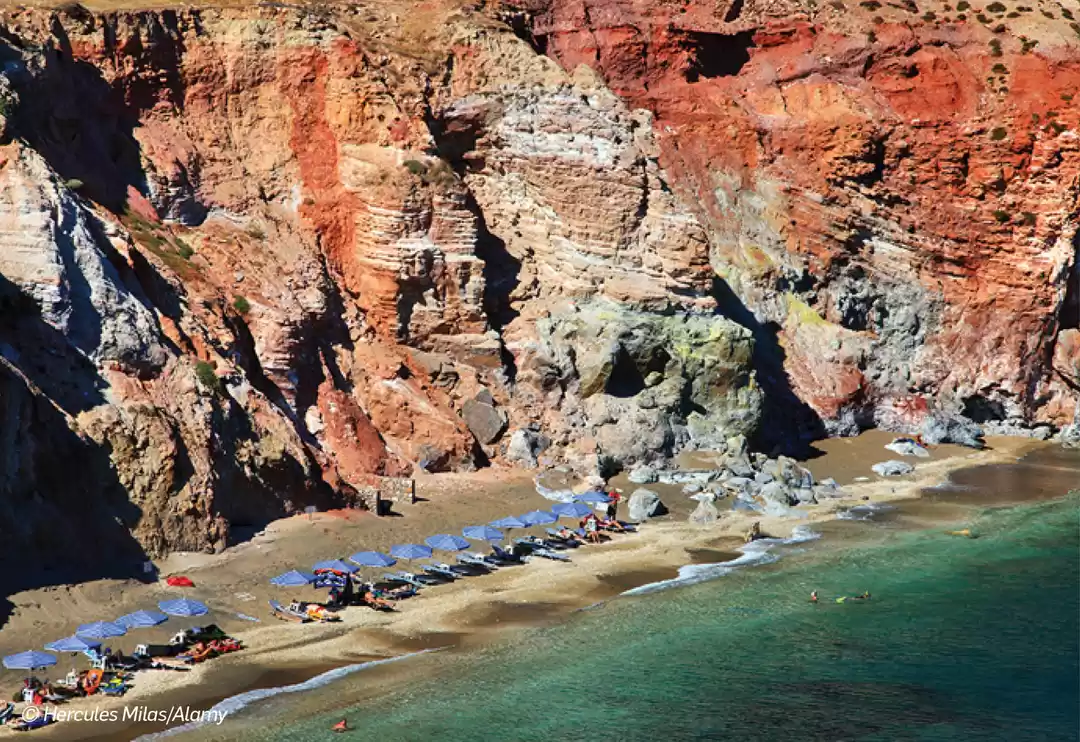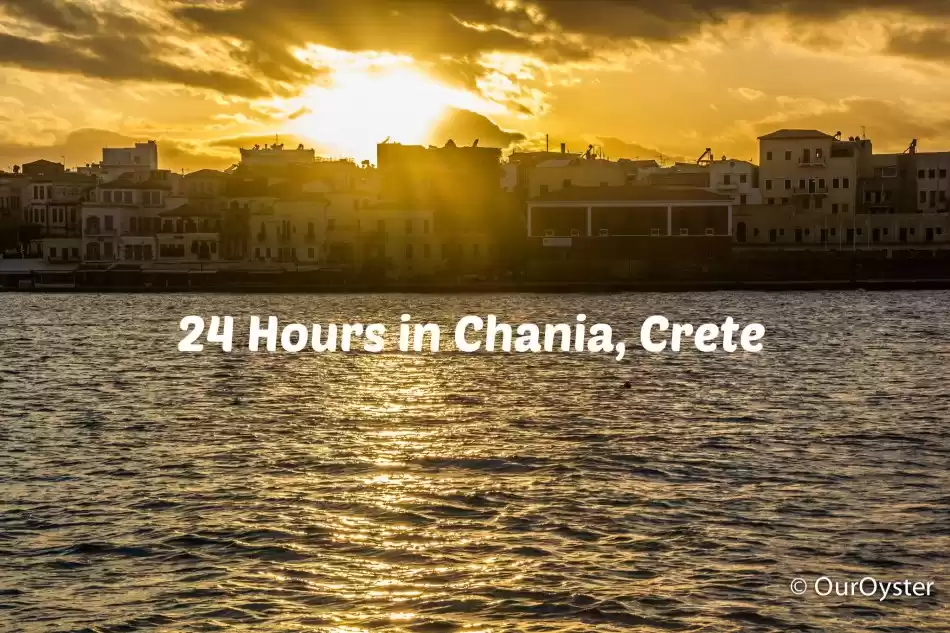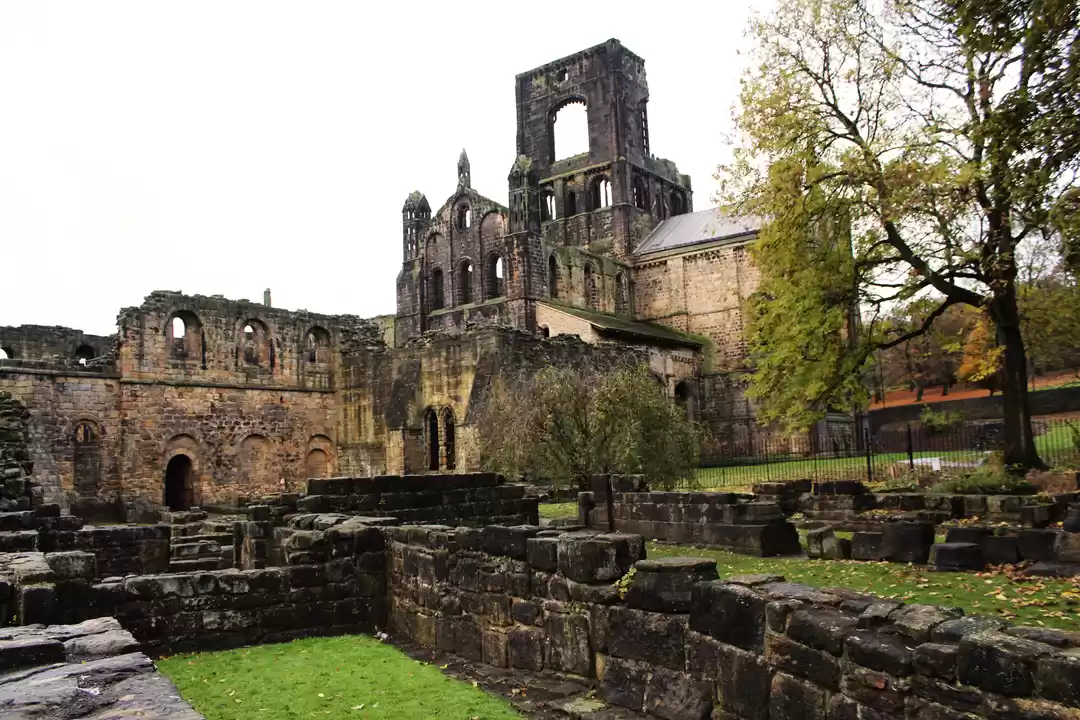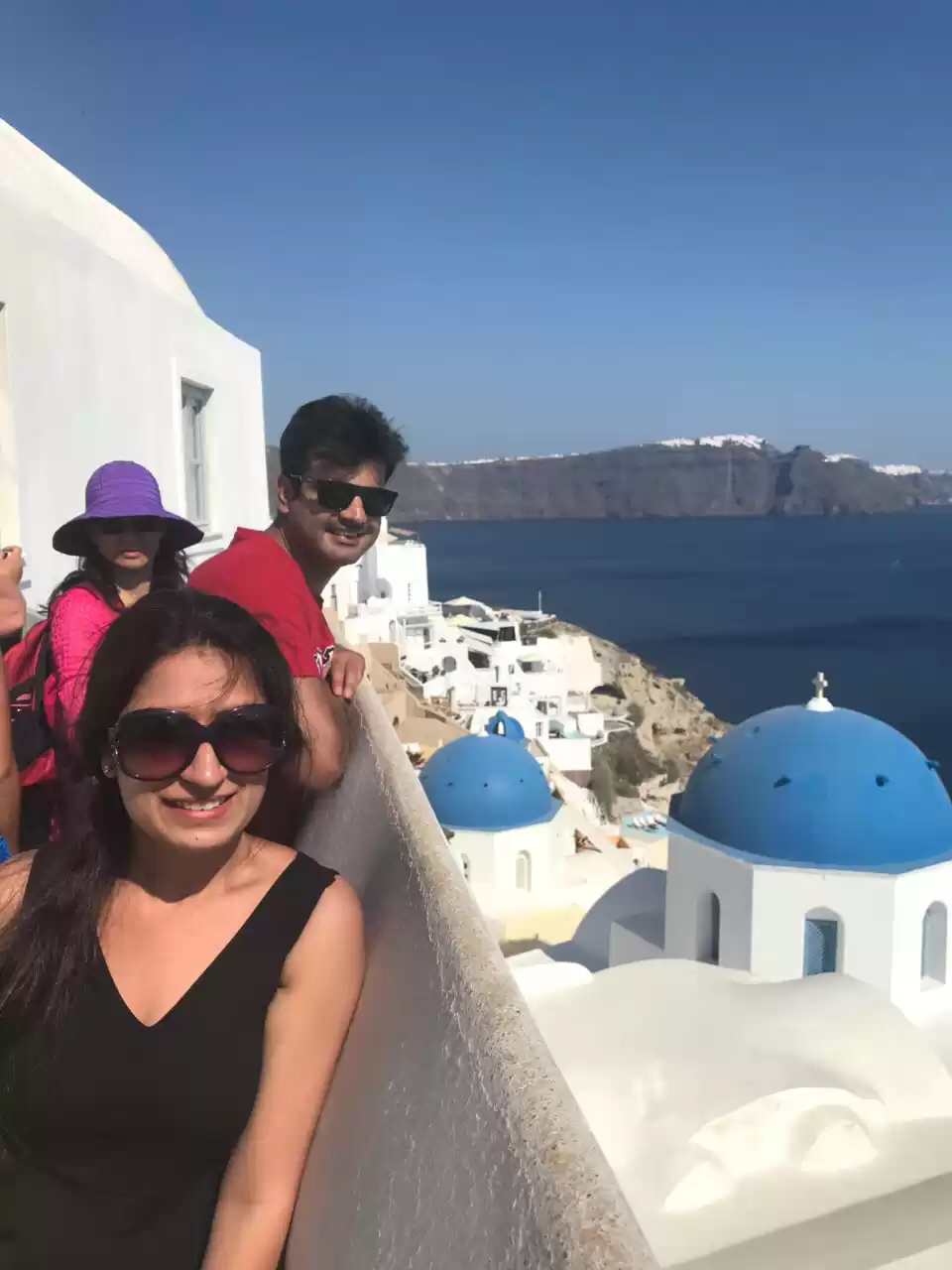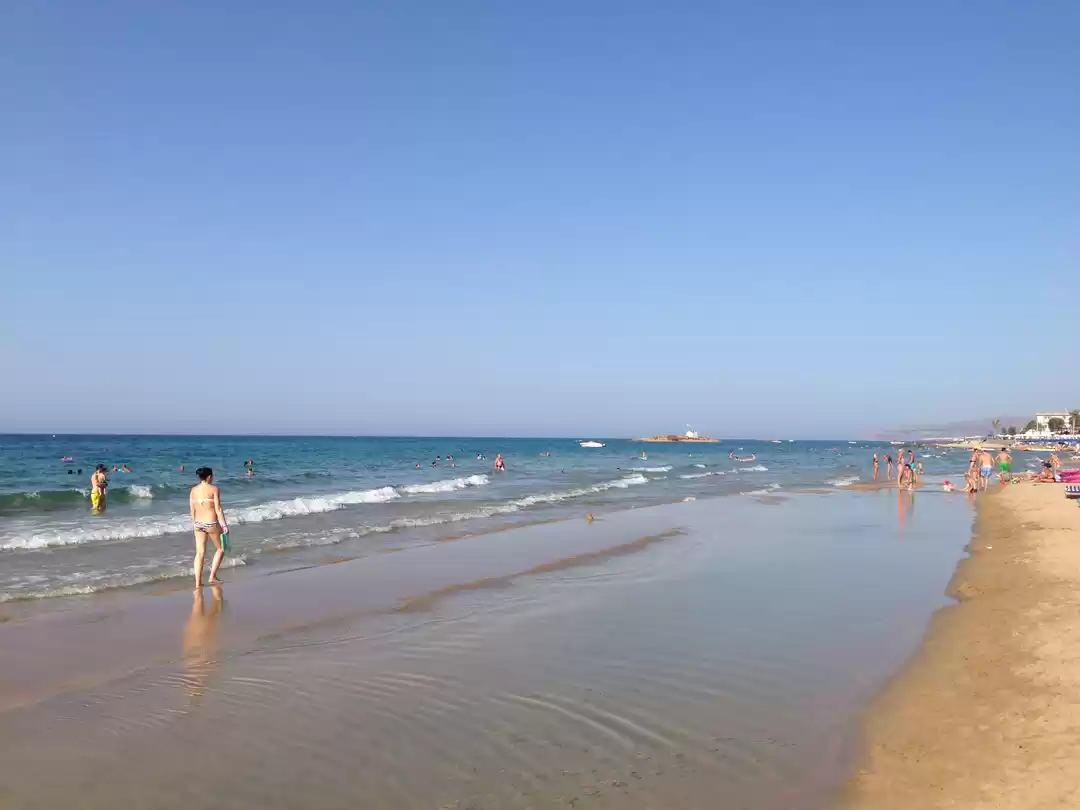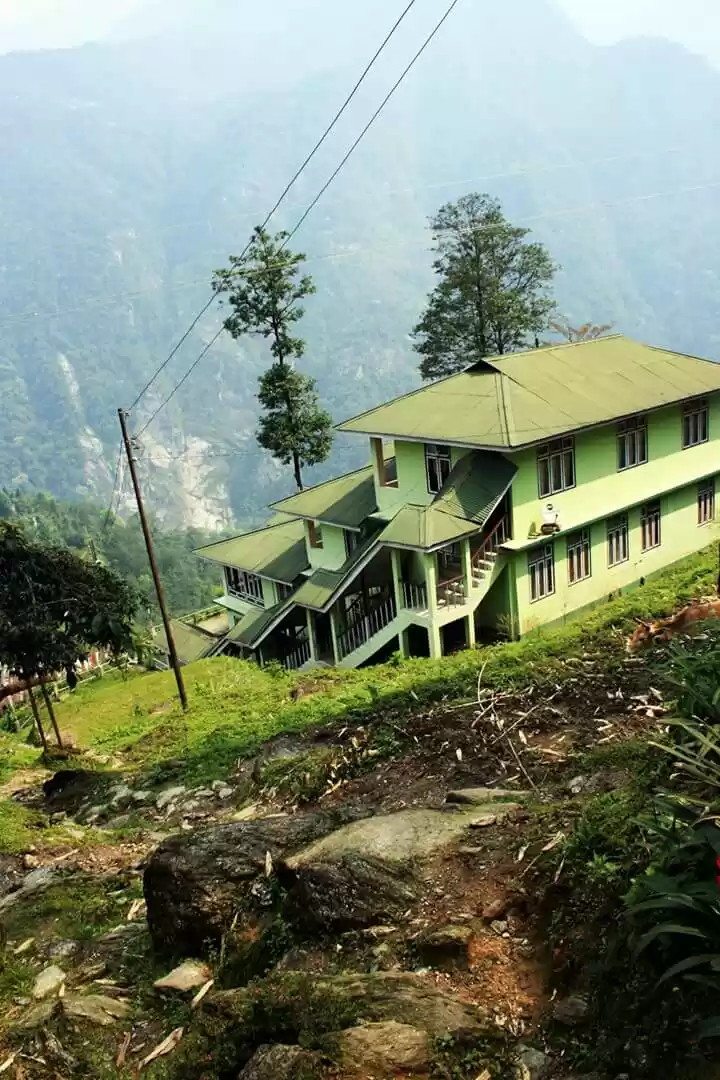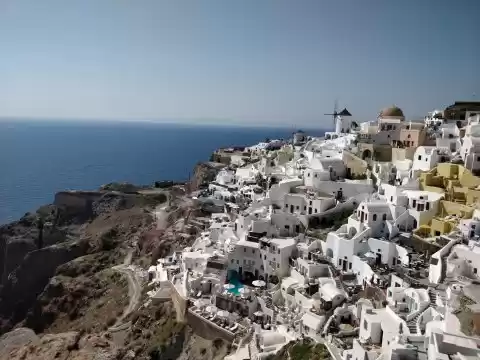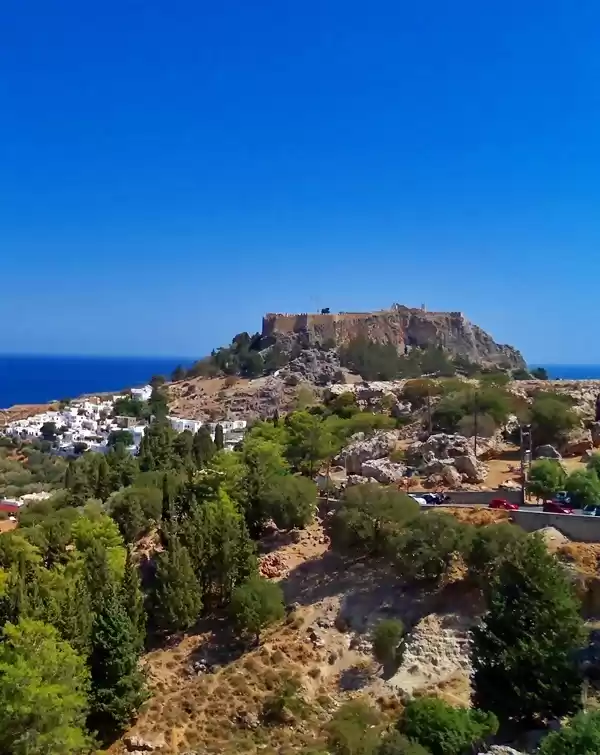






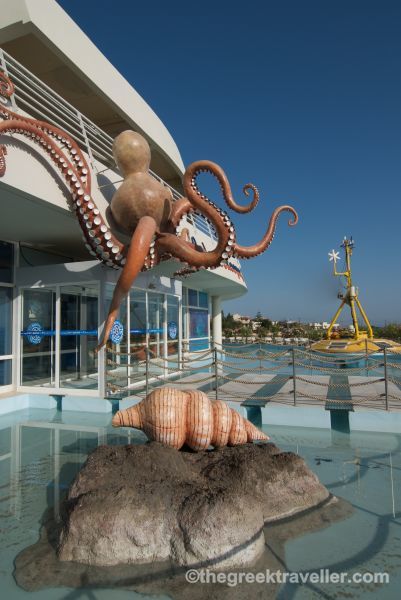
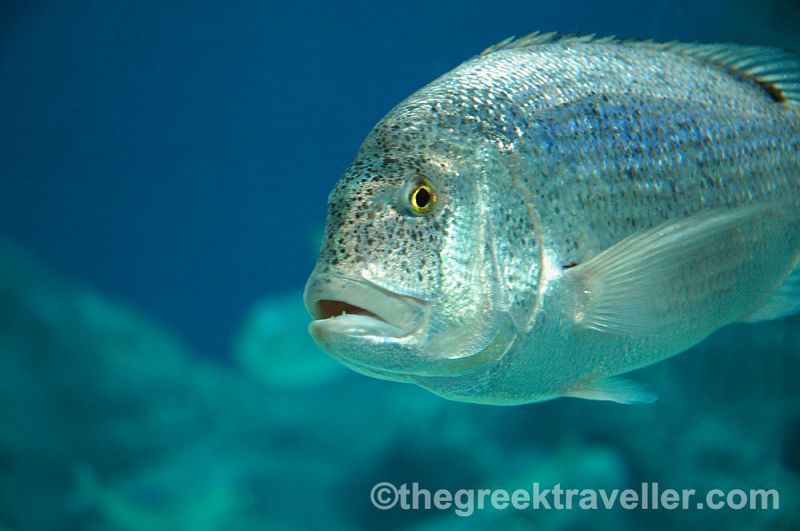
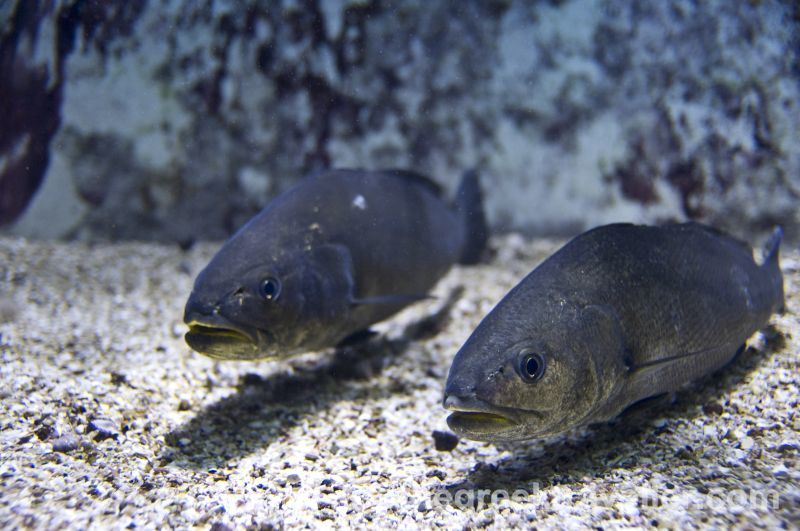
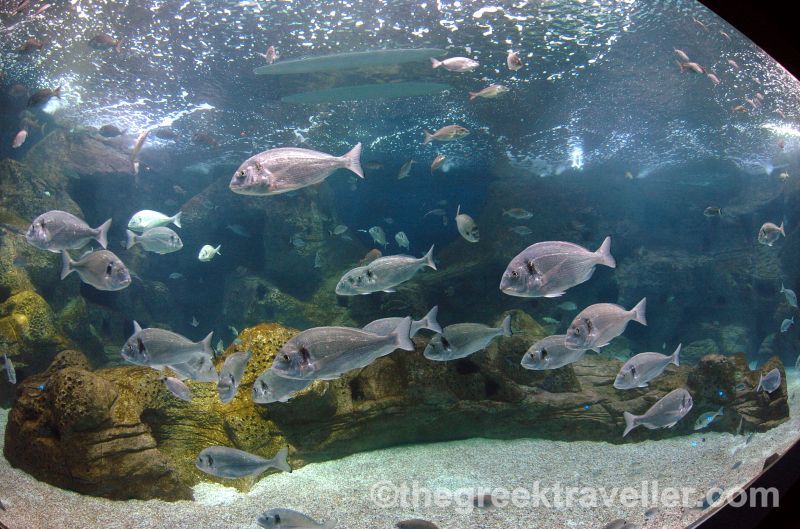








I was driving along in the Amari valley. It is one of my favorite places in Crete; a narrow valley covered with olive groves that lie between Psiloritis and Kouloukonas mountains, seeded with small villages and many unknown monuments. Nice smooth landscapes full of many surprises … Amari Valley is located in the southern prefecture of Rethymno. You get here by car, driving from the town of Rethymnon, following the main road to Spili and Agia Galini villages. At Spili you leave the main road and follow the paved road to Amari and Agia Fotini that leads you to the northern entrance of the valley.

Joanna, a friend from Rethymno was accompanying me. And she led me to the story of the legendary Agathangelos Lagouvardos, the heroic abbot of the monastery of Prevelis. Agathangelos was abbot in the monastery of Preveli during the years after the Battle of Crete and at his village home he gathered British , New Zealanders and Australians, all of them soldiers blocked in the island of Crete after the Allies’ defeat at the famous Battle. From that house he gradually transferred them to the monastery of Preveli and then he brought them down to the beach with the palm trees, where the Allies’ submarines took them and whisked them away to safe ground, usually in Egypt. When the Germans realized what happened- after many soldiers had been whisked already – the magnanimous and benevolent abbot Agathangelos preferred to leave his home and country, for not causing retaliation in the villages. And so it happened. And the Germans did not destroy Amari area… He abandoned Crete and arrived in Alexandria, in Egypt. There he put under oath, according to the ritual, the first Greek government of National unity, which consisted of George Papandreou, Tsirimokos Porphyrogenitus and others. One day before returning to Greece , Agathangelos died mysteriously in Alexandria. The small house of Lagouvardos family in the village keeps up on the whitewashed walls the memory of the legendary Abbot of Preveli monastery. Like a small flame that warms inside us the love for the fellow man …

Lassithi Plateau, up on the mountains of Crete, was blurring in the background that noon. I sat in the shade of a holm oak and looked at the hordes of tourists, climbing up – either on foot or by mule – to the legendary Dikteon Andron, the famous cave of the Cretan Mythology. The northern European sandals were slipping on the white stones and flash lights were flashing everywhere. I was thinking once upon a time that I had come here in the early springtime with a friend archaeologist. It was drizzling… We sat at the muddy edge of the cliff to escape the rain, we drank a sip of raki (local spirit from grapes) and she told me the story of the four young fools who came here to steal honey from a God’s birthplace… The four young men were Laios , Cerberus, Aigolos and Keleos. Young and brainless. And they came up here. Lassithi Plateau was a place well known from the ages of Cretan mythology , since here, at this mysterious cave, known today as Dikteon Andron (located above the village of Psihro), came goddess Rea and gave birth to Zeus. And then she hide him inside the thick darkness of the cave, out of the voracious jaws of his father, Saturn (who ate all his children fearing that they will depose him from his kingdom ).
Rhea appointed the Cretan demons Curites and the nymphs of Crete to guard the divine infant in this cave. The cave was sacred and it was always inaccessible and closed for all the mortals, except King Minos , who came up here to consult his father Zeus inside the cave, in order to legislate with righteousness . The four young people knew those things. But they came here and they were dressed in bronze clothes for not the bees -that lived in the cave – could sting them. They came to steal honey of course. Something that Zeus did not agree with at all. The cave was sacred and it was his cave! So, as the young men appeared, God Zeus started throwing lightnings in the cave. And the fools would have died young, but even this was not allowed to happen in the cave, it was supposed as a sin. The cave was totally a no access area. Even for the death himself… So goddess Thetis and the deities of Fate (called Mires) came here and transformed the four young men into birds: an eagle, a thrush, a cerberus and a raven. And the four foolish young men – birds flew away from the cave squeaking… The cave was a place of great sanctity for the ancient Minoans who lived around the fertile plateau. Those ancient people of Crete were doing all their religious ceremonies inside the cave since the end of the Middle Minoan period and until almost the end of the Geometric period (from 1700 BC to 700 BC). Excavations at the cave during the years 1899-1900 made by the English archaeologist David Hogarth discovered a bunch of important findings and artifacts of Minoan religion.
Today of course the cave is not the no access birthplace of Zeus, since it is the most important historical and archaeological site of the Lassithi Plateau, where thousands of visitors come to see the mythical birthplace of God Zeus. They also visit a stunning monument of nature with underground lakes and impressive stalactites and stalagmites. There is no honey here anymore. But there are crows, thrushes and eagles around. Just to remind us the tragic foolishness of youth…

I confess that I love the underwater world. So I got to the Aquarium really excited. I entered smoothly from the spring light of the Cretan sun into the twilight of “Thalassocosmos” Aquarium, watching short videos with themes from the sea world of the Mediterranean. Then the good stuff came… I stared with jaws dropped on the floor by surprise, I stared behind the crystals that shined like my underwater mask, like wonderful windows at the bottom of the sea! Two huge groupers where circling their brownish wings, lobsters with nice colors were detecting their aquatic homes with their antennae, large bright red scorpions were looking silently to the surface, schools of small fish were shining in the tank and an almost a liquid light covered me through the windows of a magical world. I moved to the tank with the big predators: the steel grey amberjacks, the large imperious basses, the breams with pink bodies and purple specks, the black groupers lurking in the dark depths, the sharks always nervous, always inspecting. All behind the crystals, just some points far from our eyes … I stared for hours at the long tank with the panoramic glass. Large rosewood sea breams, silver breams, white breams, corbinas with golden wings, purple and gray breams with yellow braid and small silverjacks, were swinging in front of us like colorful birds roaming in an indescribable ballet into their artificial seabed, licking the algae, the stones, the pebbles. The design of each tank is proportional to the number of fishes it hosts, so the seabed was modeled accordingly. The seabed consists of artificial rocks built by a special artist, carved and painted to resemble the Cretan seabeds. There is a tank-like Matala seabed, another that resembles the bottom of Vai beach etc. I also saw a dark tank simulating the deep waters: three giant deep sea groupers with bulging eyes, a huge huge red bream and monstrous eels were moving slowly in the dark iced water. Time passed without realizing it. I went for my espresso at the coffee shop of “Thalassocosmos” Aquarium watching the beach of Gournia and the Mediterranean sea in the background. I never got over the obsession to watch at the sea and immediately think of what is below the water’s surface. My thoughts was always running at the bottom of the sea. “Hmm let’s finish the coffee.” I said to myself. And let’s go for another tour at the glass windows of the Cretaquarium”…
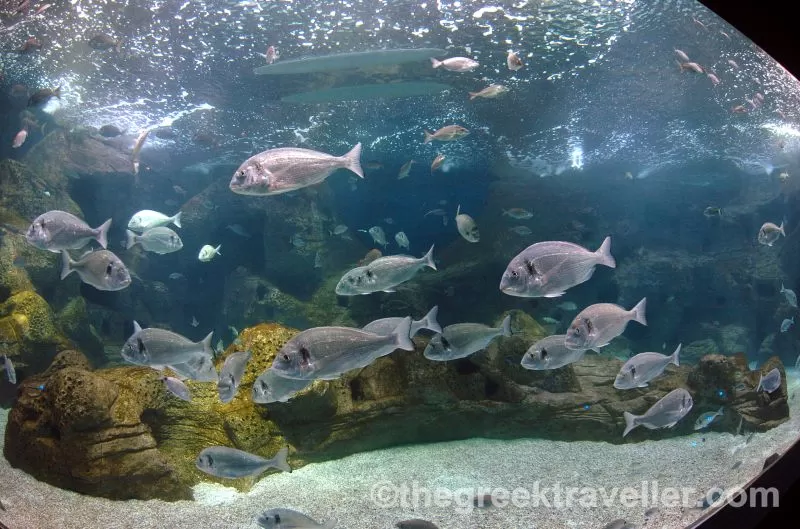
Anogia village is located in the prefecture of Rethymno, on the northern slopes of Mt. Psiloritis. The quickest way to get there is through Heraklion – Tylissos, following the old national road to Rethimno. If you come in Anogia and want to see the small museum, ask the people at the square of the Perahori, for Sakoulas: his real name is Giorgos Skoulas.

We arrived in Paleochora town on the shores of the Libyan Sea. want to go to the old castle, located above the seaside town’s houses. Well, of course, Paleochora is not a traditional village, but from above it looks cute with it’s little castle while the picturesque peninsula is rubbing off smoothly towards the Libyan sea, amidst delightful beaches.
The castle is no more than 500 meters from the village.



